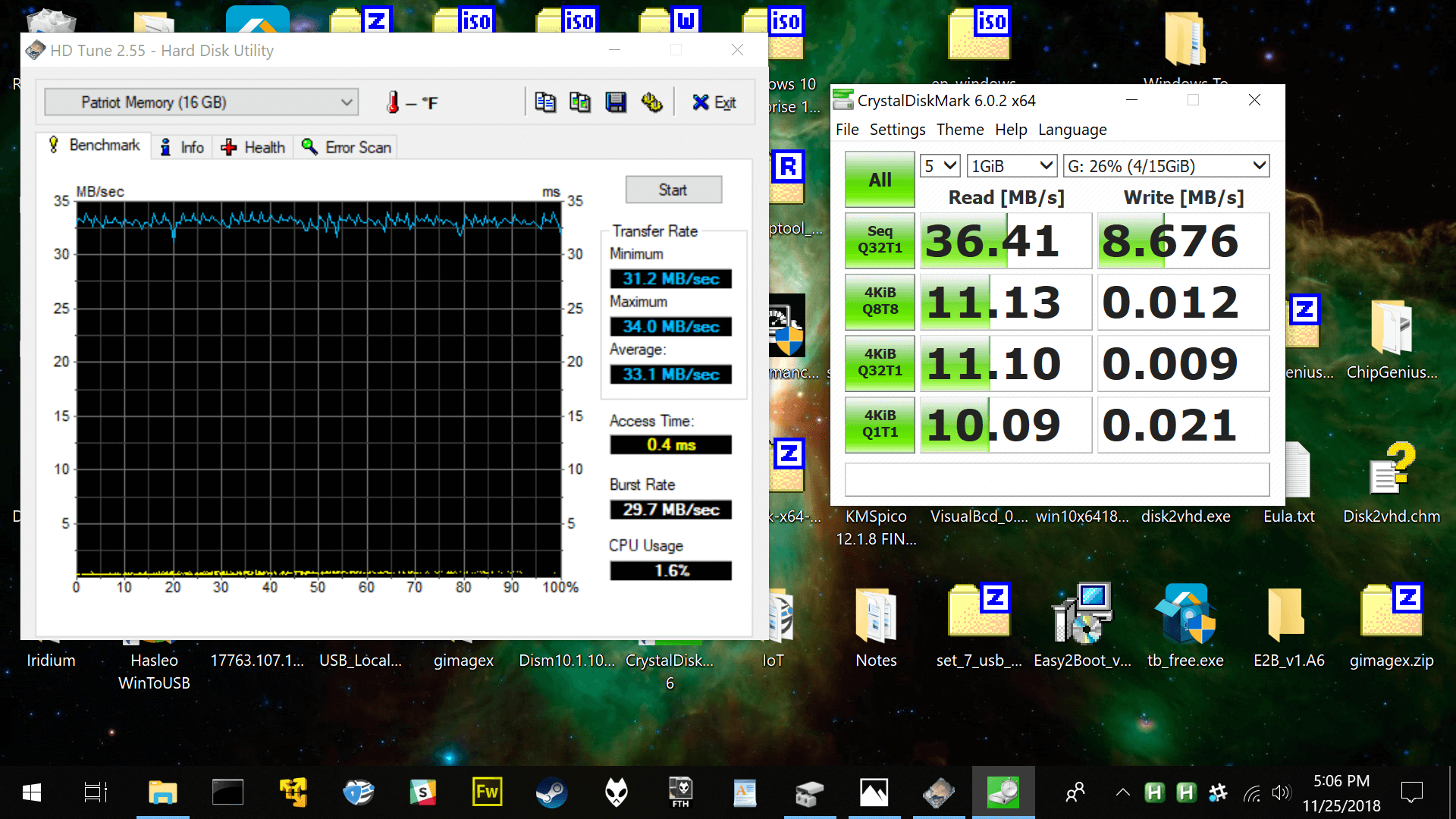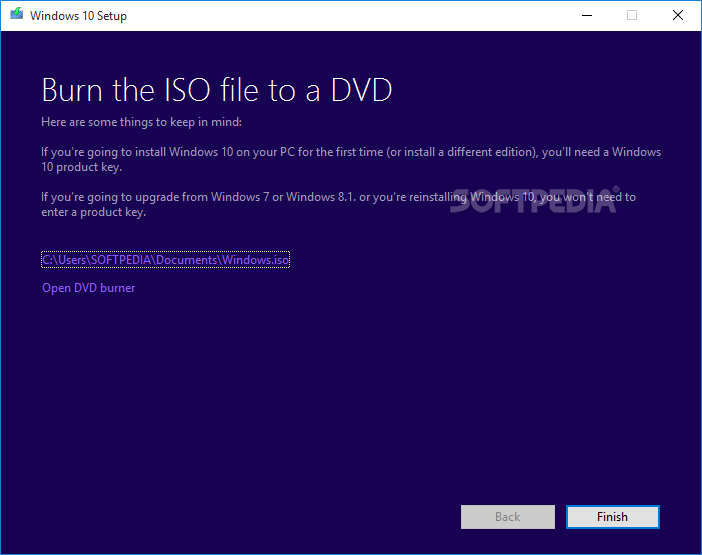

- How to create a bootable usb for windows 10 64 bit how to#
- How to create a bootable usb for windows 10 64 bit install#
- How to create a bootable usb for windows 10 64 bit Pc#
- How to create a bootable usb for windows 10 64 bit license#
How to create a bootable usb for windows 10 64 bit Pc#
You can continue using your PC while it runs in the background. Windows 10 downloads the installer and write it to your USB flash drive.Then, select your USB flash drive, and click Next. If your USB flash drive is not inserted, insert it now, wait a few moments and click Refresh drive list. You'll be asked to Select a USB flash drive.In this example, we'll create a USB flash drive. At the screen Choose which media to use, you can choose USB or DVD as the destination.(If you're creating a disk for another computer, uncheck this box and make changes now.) To continue, click Next. Make sure Use the recommended settings for this PC remains checked. At Select language, architecture, and edition, don't change anything if you're creating the installer for this computer.At the screen What do you want to do?, select Create installation media for another PC, and click Next.Read the terms and click Accept to proceed.
How to create a bootable usb for windows 10 64 bit license#
The installer gets things ready, then displays Notices and License terms. Under Create Windows 10 installation media, click Download tool now.
How to create a bootable usb for windows 10 64 bit install#
Once you complete the steps, you can use the bootable USB flash drive to install Windows 10 using a clean or in-place upgrade installation.The following steps will completely overwrite the data on your USB flash drive. (Optional) If you connected a USB flash drive to create a bootable media, continue with the default settings after the download. Select the location to save the Windows 10 ISO file automatically. Select the operating system architecture. For example, 20H1 (Build 19042.xxx – 2020.10) to download the version 20H2 ISO file. Under the “Release” section, select the Windows 10 ISO you want download. Under the “Boot selection” section, use the drop-down menu and select the Disk or ISO image option.Ĭlick the down-arrow button (on the right side) and select the Download option. (Optional) Under the “Device” section, use the drop-down menu and select the USB drive to create the installation media. Under the “Settings” section, use the “Check for updates” drop-down menu and select the Daily option. Under the “Download” section, click the link to download for the latest version.ĭouble-click the executable to launch the tool.Ĭlick the Settings button (third button from the left) a the bottom of the page. To use Rufus to download the Windows 10 ISO file and create a bootable media, connect a USB flash drive with 8GB of space, and then use these steps:

How to create a bootable usb for windows 10 64 bit how to#
How to use Rufus to download ISO and create bootable Windows 10 USB In this guide, you will learn the steps to use Rufus to download the ISO file and create a bootable media to install Windows 10 from scratch. However, unlike the Microsoft solution, Rufus not only creates a USB installation media, but it does it faster, and you can even prepare a USB drive with an older version of Windows 10 (including Windows 8.1). In previous versions, you had to provide the Windows 10 ISO to create a bootable media, but now you can download the ISO file and prepare the bootable media within the experience, like the Microsoft Media Creation Tool. Rufus is a free lightweight tool designed to create a bootable USB flash drive to install Windows 10 on your computer.


 0 kommentar(er)
0 kommentar(er)
